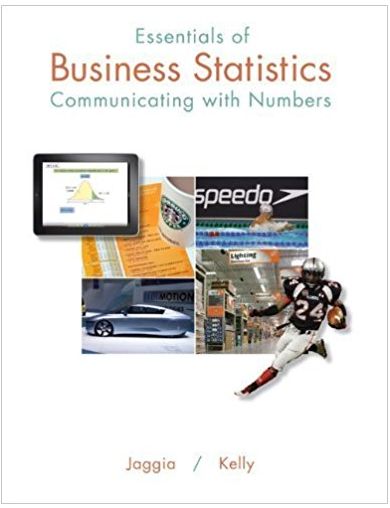Fresh numbers from the U.S. Department of Transportation suggest that fewer lights in the U.S. arrive on
Question:
Fresh numbers from the U.S. Department of Transportation suggest that fewer lights in the U.S. arrive on time than before. The explanations offered for the lackluster performance are understaffed airlines, a high volume of travelers, and overtaxed air traffic control. A transportation analyst is interested in comparing the performance at two major international airports, namely Kennedy International (JFK) in New York and O’Hare International in Chicago. She finds that 70% of the lights were on time at JFK compared with 63% at O’Hare. Suppose these proportions were based on 200 lights at each of these two airports. The analyst believes that the proportion of on-time lights at JFK is more than 5 percentage points higher than that of
O’Hare.
a. Develop the competing hypotheses to test the transportation analyst’s belief.
b. Compute the value of the test statistic.
c. Use the p-value approach to test the above assertion.
d. Repeat the analysis with the critical value approach.
Step by Step Answer:

Essentials Of Business Statistics Communicating With Numbers
ISBN: 9780078020544
1st Edition
Authors: Sanjiv Jaggia, Alison Kelly





